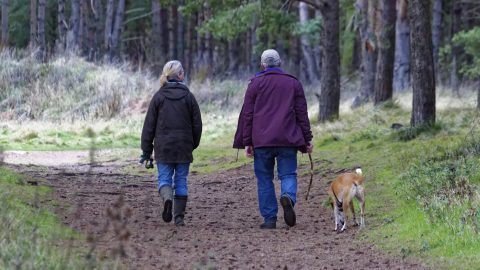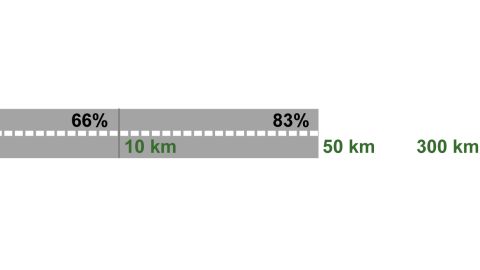To be able to realize their forest ownership when, for example, time or knowledge is not sufficient, services are an important support for forest owners. However, a study of the forestry organizations’ strategies to reach “new” forest owners shows that…
Participation decisive for differences in forest management
Private forest owners play an important role in how forests are managed and with almost 40 percent women among the owners, gender patterns can have an impact on forest management as well as in forest management. Studies show that forest-owning…
Ecological values increasingly important, but production prevails
Between 1990 and 2010 the group of forest owners changed in many ways, increasingly coming to resemble the general population. However, this change is not noticeable in how forests are managed. The period between 1990 and 2010 saw an increase…
Forest owners and the public agree on the forest’s economic value
While the general public rates the forest’s ecological and social values the highest, the public and forest owners nonetheless highly agree on the significance of the forest’s economic value. All forms of land use generate tensions between economic development and…
Who are forest owners and where do they live?
The typical forest owner lives in the same municipality where his/her forest property is located, has no more moves planned, and is a bit older than the general population. The new forest owner tends to be a younger woman, with…
The new forest owner isn’t new, but needs new services
Although the forest owner has changed in many ways, the forest property has often been in the family for many years. On the other hand, the new forest owners – who largely live in urban areas – may need different…
More forest owners and smaller forest properties
While the number of forest owners is increasing, at the same time a decrease in the size of forest properties can be noted. This has the potential to negatively affect the access to timber. Joint ownership of forest properties is…







